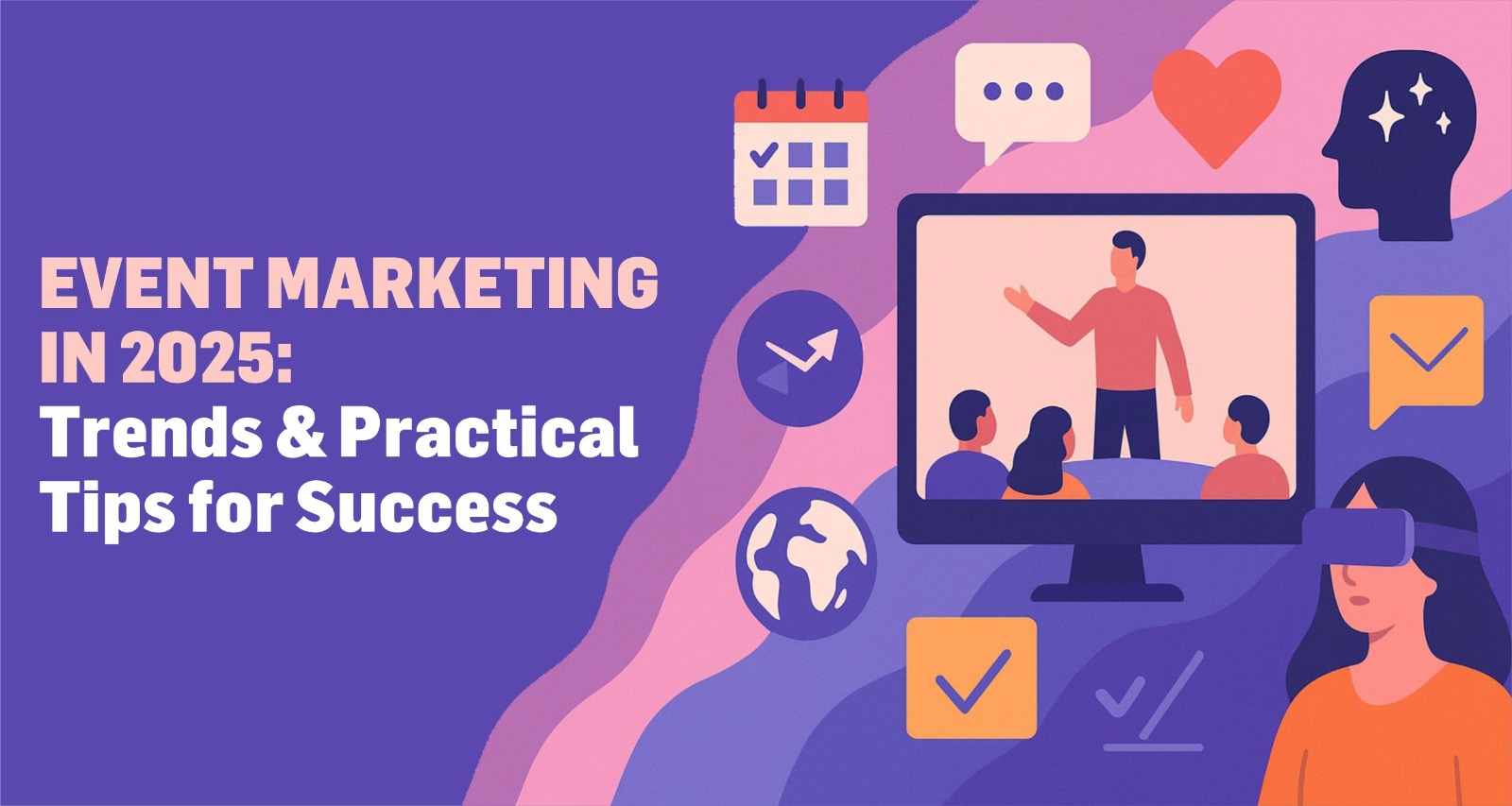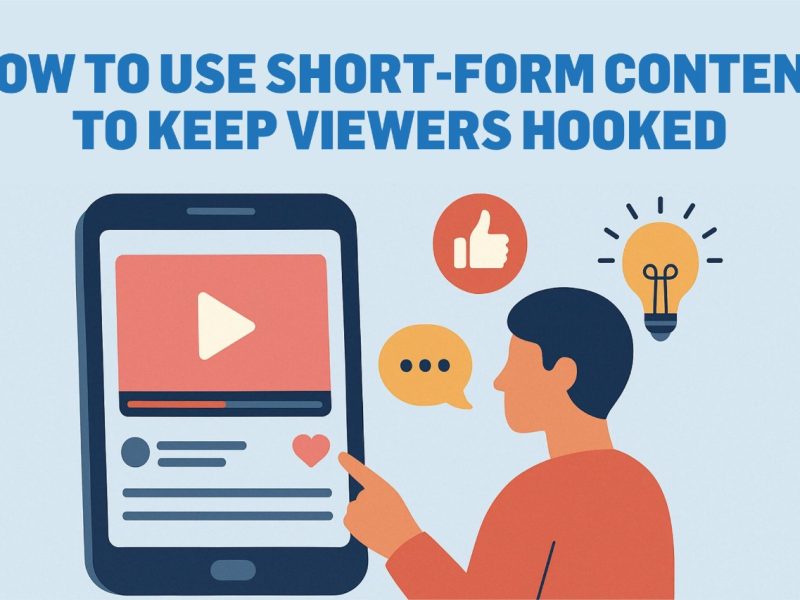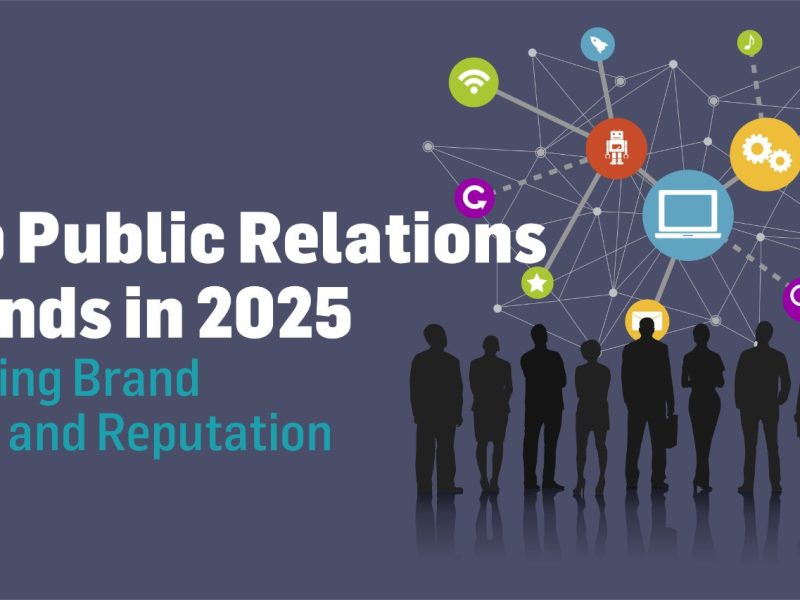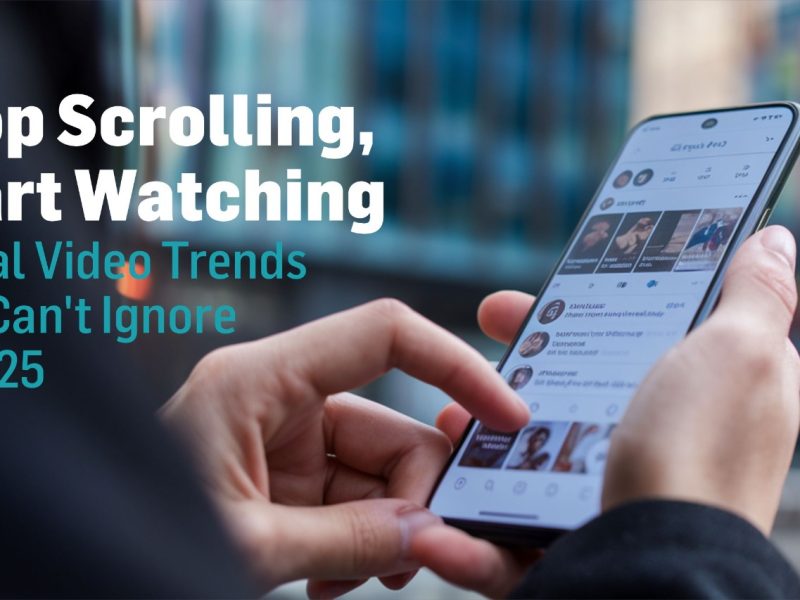
Event Marketing in 2025: Trends & Practical Tips for Success
In a world where attention is fading by the second and diversions are just one swipe away, holding attention is more of an art form than ever before. In 2025, event marketing isn’t all about organising an event or checking off an event to-do list – it’s about creating moments that linger, ignite feelings, and spark dialogue long after the last spotlight is dimmed. To ad agencies, this is not simply an alteration in format, but an overhaul in mindset. The audience today is no longer interested in mere surface spectacles; they crave depth, connection, and personal salience. An event now is not merely to serve as background for product views or speeches – it needs to provide immersive environments, emotional triggers, and narrative arcs developing in real-time. From initial invitation to final sign-off, every detail must be considered and human-focused. It is in this shifting expectation that visionary agencies are developing fresh methods to merge strategy with creativity – creating campaigns that are not only visually striking, but deeply felt. The principles of event marketing are not evolving – they’re being rewritten.
From Grand to Grounded: Why Events Are Becoming Personal
Scalability used to be the metric to judge success. No longer. Event personalisation is now marketing’s pulse. It’s not merely who’s coming, but how they’ll feel. Brands now analyse audience behaviour using data, and personalise experiences based on this. Tools such as Airmeet, born and thriving in India, are enabling event formats to be adapted in real-time based on how they respond. Micro-moments are not trendy – they are necessary.
Hybrid is the New Default
In the post-pandemic era, hybrid is not compromise – it is the canvas. A recent insight from the Airmeet blog suggests that events with physical as well as virtual layers provide greater reach, accessibility, as well as inclusivity. If one is in a country such as India, where diversity is not merely cultural but also infrastructural, using such two-layered events is bridging gaps in ways never before imagined.
Experience is the Product
In 2025, marketing is all about experience. Goodie bags at launch events and shows are just not enough anymore. The crowd wants meaningful experiences. Intelligent ad agencies are reacting with storytelling hubs, touch-and-feel booths, and immersive brand tunnels. At one recent car show in Delhi, test drives in virtual reality drew more traffic than actual vehicles. That’s where the crowd is moving.
Technology Touching Hearts: AR, VR And Emotional AI
Technology in events is not gimmicky anymore. Immersive technologies such as VR and AR, which have traditionally been used in launch events across the world, are now being used in regional festivals, product exhibitions, and even college events. What is impressive is how emotional these experiences have become.
Sustainability is Not a Trend – It’s a Standard
Today’s consumers, particularly Millennials and Gen Z, are responsible consumers. Whether abandoning plastic at events or carbon offsetting for massive events, green event marketing is no longer an extravagance. There is an increasing number of Indian event organisers adopting eco-driven narratives as a principle rather than as an afterthought PR stunt. It isn’t about planting trees for an Instagram photo op. It’s about living responsibly.
Small is Beautiful: The rise of Micro Events
More is not necessarily greater. In fact, intimacy is where it’s at.
Micro-events such as rounds of curated discussions, investor dinners, and C-suite mixers are thriving in India’s B2B scene. They provide more targeted networking, higher levels of engagement, and richer narrative. Done appropriately, 20 targeted attendees will yield more worth than 200 random walk-ins.
The Strength of Insight: Why Data is an Invisible superhero
Click-through rates, dwell times in booths, and drop-off points are all alike in that they are newcomers to being KPIs.
Smart event marketers don’t wait for applause, they read analytics. AttendeeGain, Hubilo are just some of the tools interpreting audience behaviour to make actionable insights. Engagement heatmaps, sentiment scores, conversion triggers help shape not only post-event reports but also mid-event pivots.
After all, as they say: If you can’t measure it, you can’t improve it.
How to Succeed in Event Marketing in 2025: Practical Recommendations
- Co-create, Don’t Dictate- Let your audience help define the moment. Use live polls, Q&A walls, and audience-generated content to engage them.
- Think Hybrid-First- Treat your virtual audience as partners in this experience. Your brand equity is accessibility.
- Design for Emotion, Not Aesthetics- Whether through joy, nostalgia, or curiosity—events that evoke emotions in people, linger.
- Use technology with intent- Don’t use VR just because it’s trendy—do use it because it delivers value. Purpose is more important than innovation.
- Track What Truly Matters- Look beyond footfall. Track emotional engagement, dwell time, and social buzz to evaluate success.
Takeaway:
Event marketing in 2025 is not about noise anymore—it’s about nuance. In our highly distracted world, the most influential events are those which are personal, meaningful, and participatory. Interweave technology with empathy, strategy with improvisation, and always keep the focus on humans.
For ultimately, events don’t have to be large, they have to be memorable.




